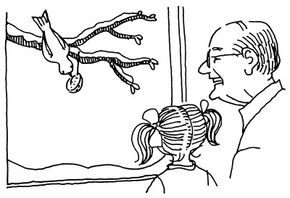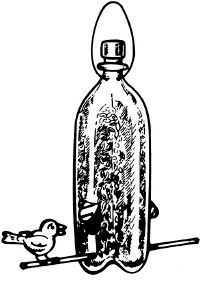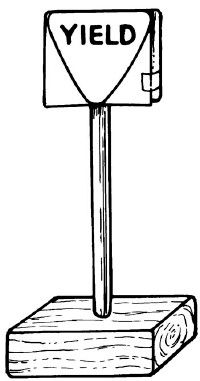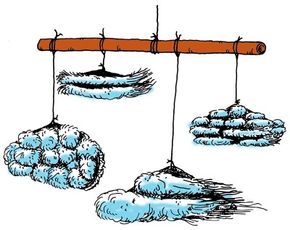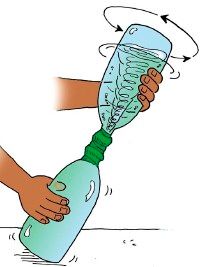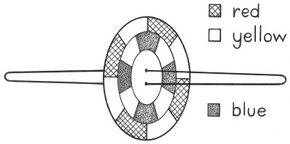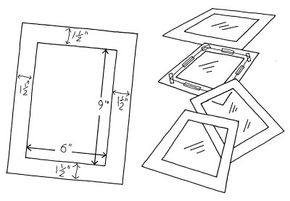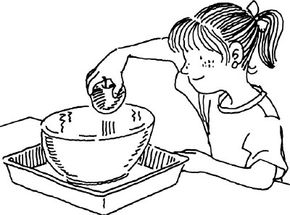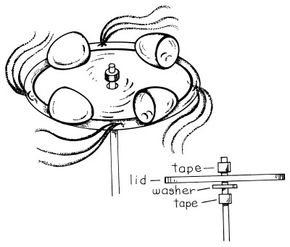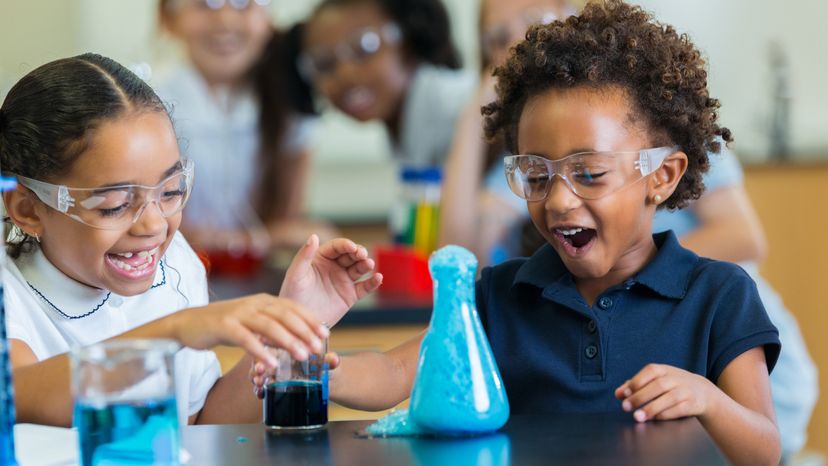
Who says science needs to be intimidating? These easy science activities for kids combine a little knowledge and a lot of fun for a sure-fire combination.
You'll learn more about weather by making a cloud mobile, twister in a bottle, and a wind speed gauge. You'll help the birds and learn about clouds and tornadoes. You'll discover some of the mysteries of color and light with a whirling color wheel, color filters, and an optical illusion. And there's plenty more easy science activities for kids to try.
Advertisement
Maybe best of all, you won't need expensive equipment or a trip to the store for supplies. Check the kitchen and the recycling bin, add some craft supplies, gather your junior lab assistants, and have fun exploring science with these easy science activities for kids.
Follow the links below for some easy science activities that your kids will enjoy:
Turn nutshells into tiny feeders for birds to enjoy.
Recycle a plastic bottle and help the birds survive the winter.
Make sure toy cars and trucks obey traffic laws with signs you build.
Learn about different kinds of clouds by making a cloud mobile.
Learn more about tornadoes by creating a small twister.
Spin a color wheel -- and watch the colors disappear into total white.
Be amazed by how the design changes when you spin a painted plate.
Watch what happens when you fill balloons with water and freeze them.
Discover the fun of three-dimensional graphs made with something you can eat.
Look at a room, leave it, and see how much you can remember about it.
Make your own color filters to learn more about colors and light.
Check out this easy way to measure the volume of different objects.
Measure the speed of the wind with a pretty outdoor decoration that you make.
Looking for an easy craft that's fun for kids to make and a great gift for seniors? Go to the next page to find out how to make nutshell bird feeders.
For more science activities and other fun activities and crafts, check out:
Advertisement
